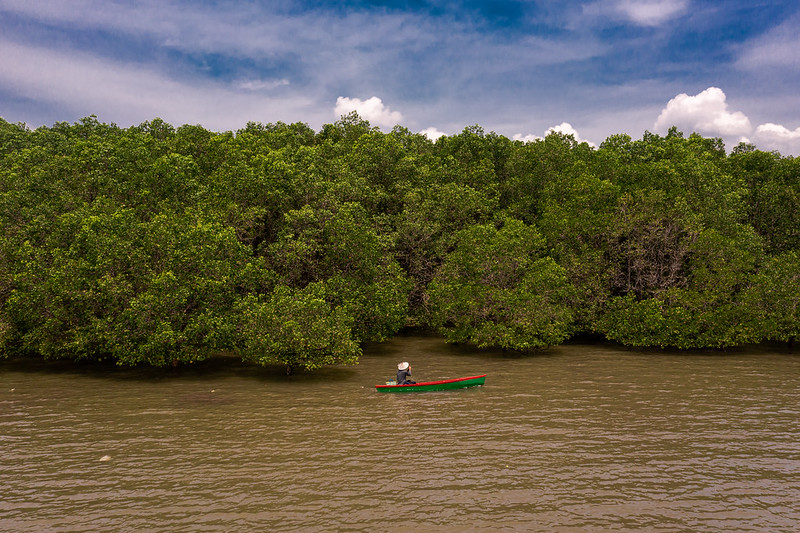
Marine zoning in Indonesia over the past 300 years has been designed systematically to support large-scale infrastructure development and other profit-oriented activities at the cost of the ocean ecosystem. A study shows that marine protected areas must safeguard natural resources, provide long-term benefits to local people, and have a zoning system, monitoring, surveillance, adequate staff capacity, facilities, and self-financing to be effective.
Indonesia has the largest expanse of mangrove forest of any country in the world, yet has lost 40% of its mangroves in the past three decades. People cut the trees for timber and to make charcoal, and clear the forests to make way for fish and shrimp farms, according to the Center on International Forestry Research (CIFOR). The Indonesian government plans to rehabilitate 630,000 hectares (1.56 million acres) of mangroves by 2024.
The country is also home to an eighth of the total global expanse of coral reefs, made up of more than 65% of known coral species. But it’s experienced several widespread coral bleaching events in the past four decades, which in some areas has caused the depletion of hard corals. Indonesia’s coral reefs are also affected by inland activities such as deforestation and land-use changes, which result in silt washing out into reefs and killing corals. Government-led efforts to rehabilitate coral reefs have intensified since 2020 in the three provinces of Bali, East Nusa Tenggara and West Papua.



















